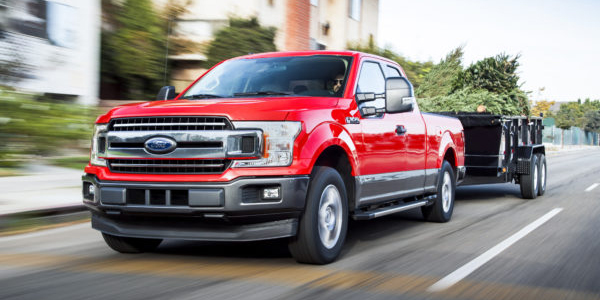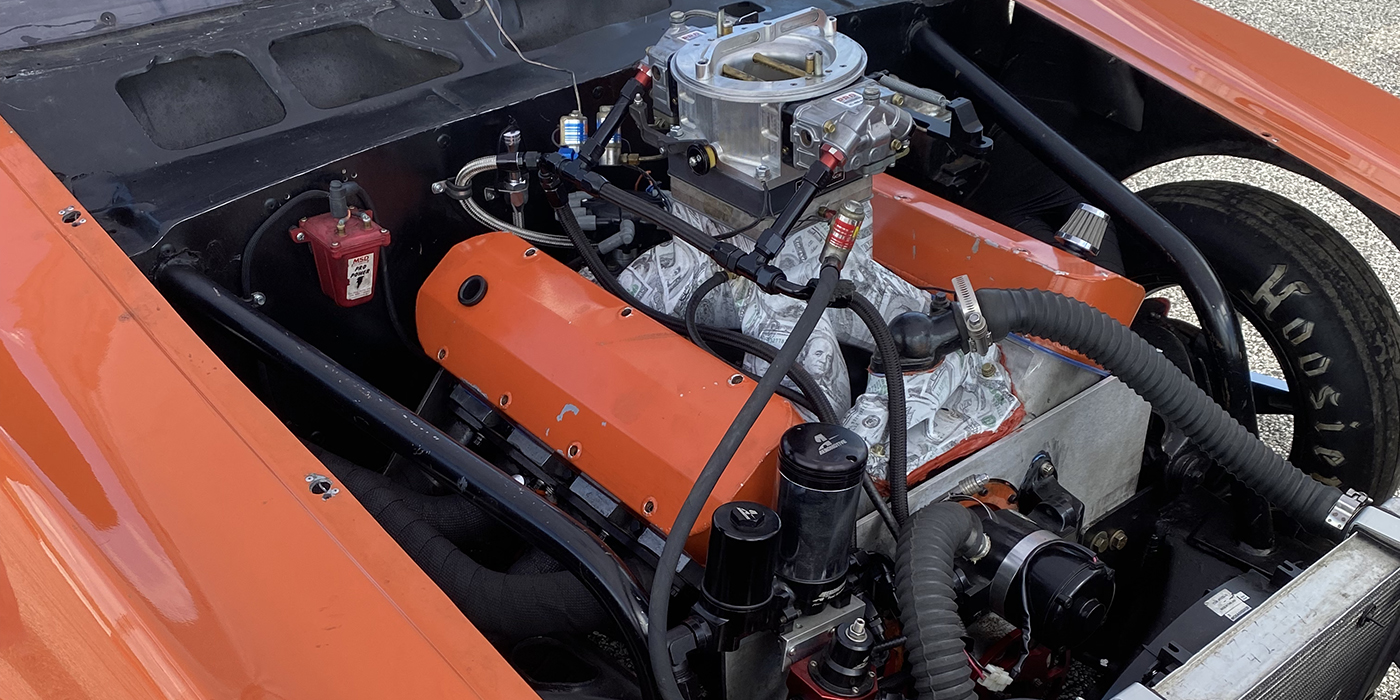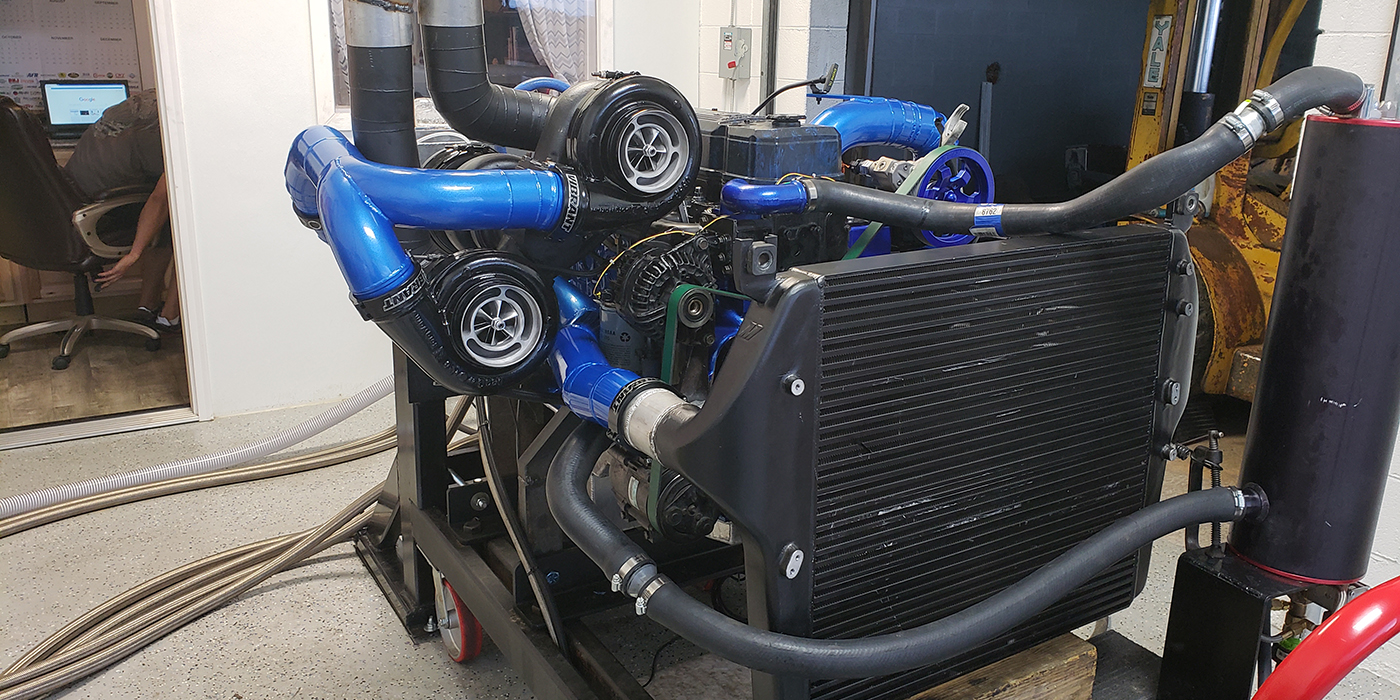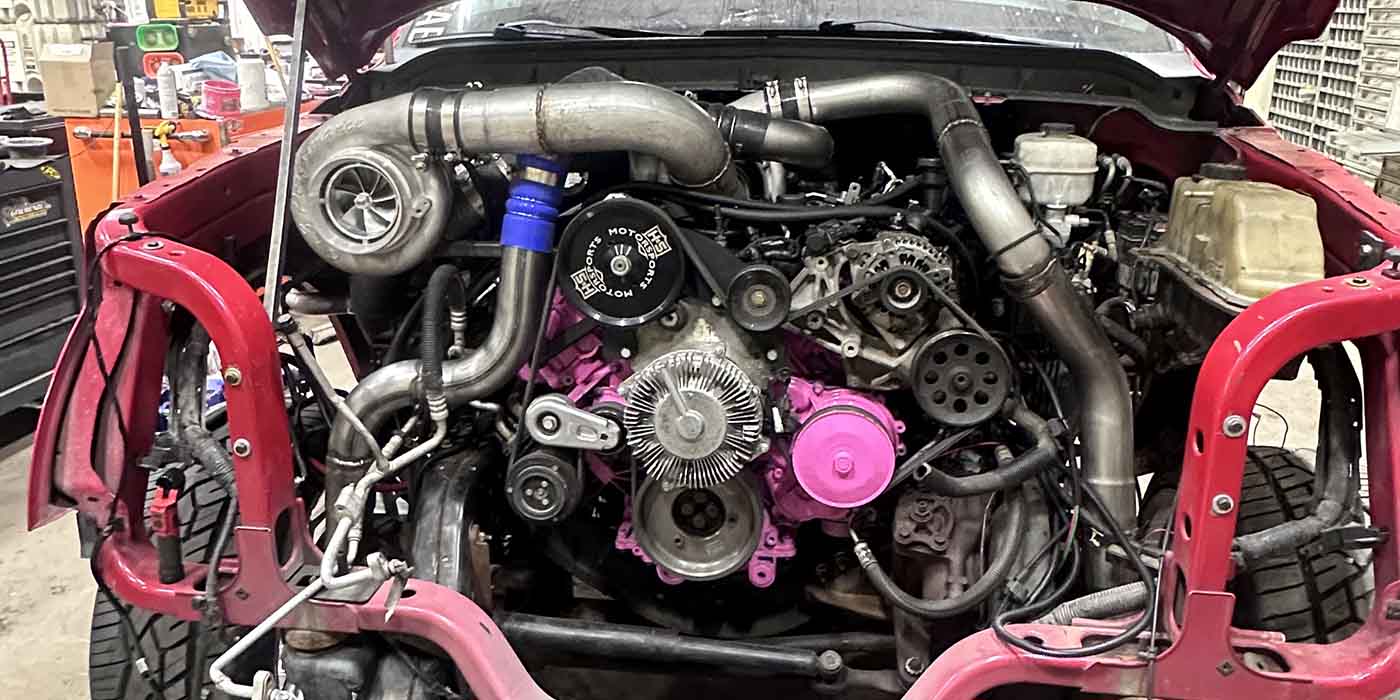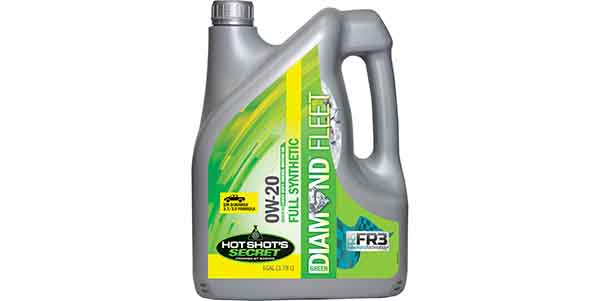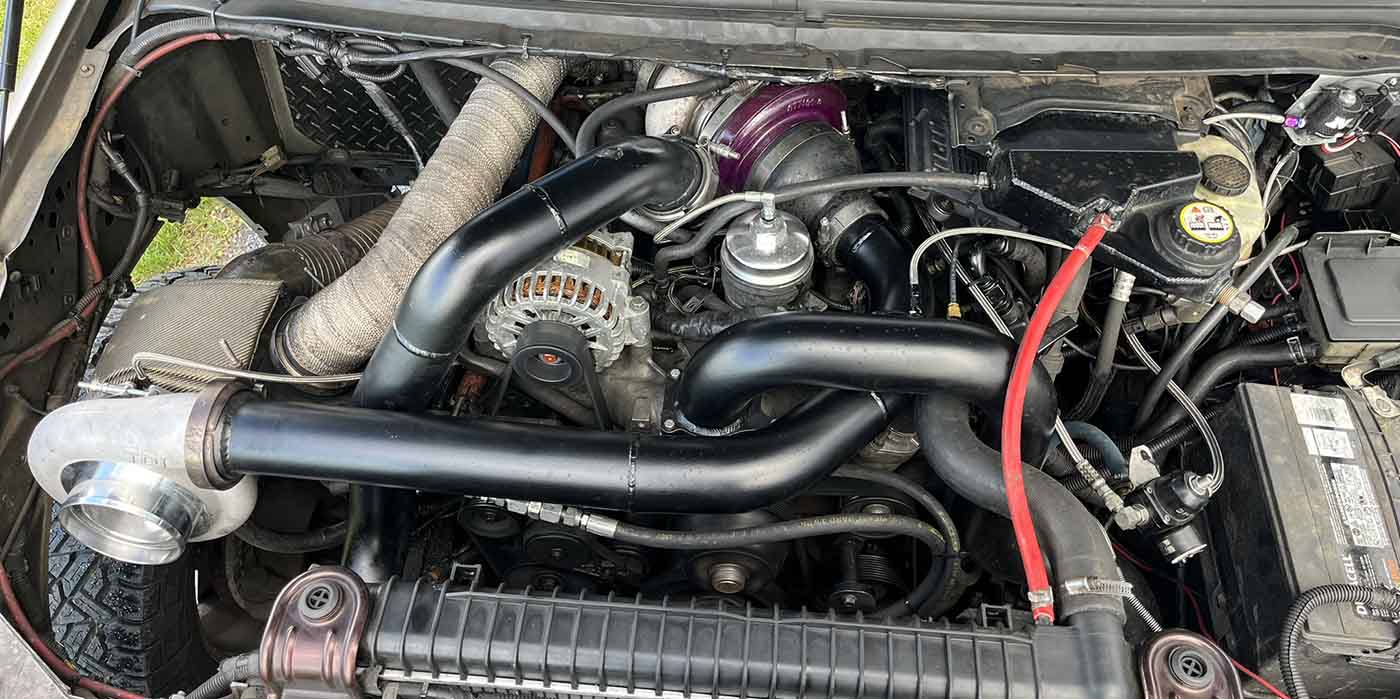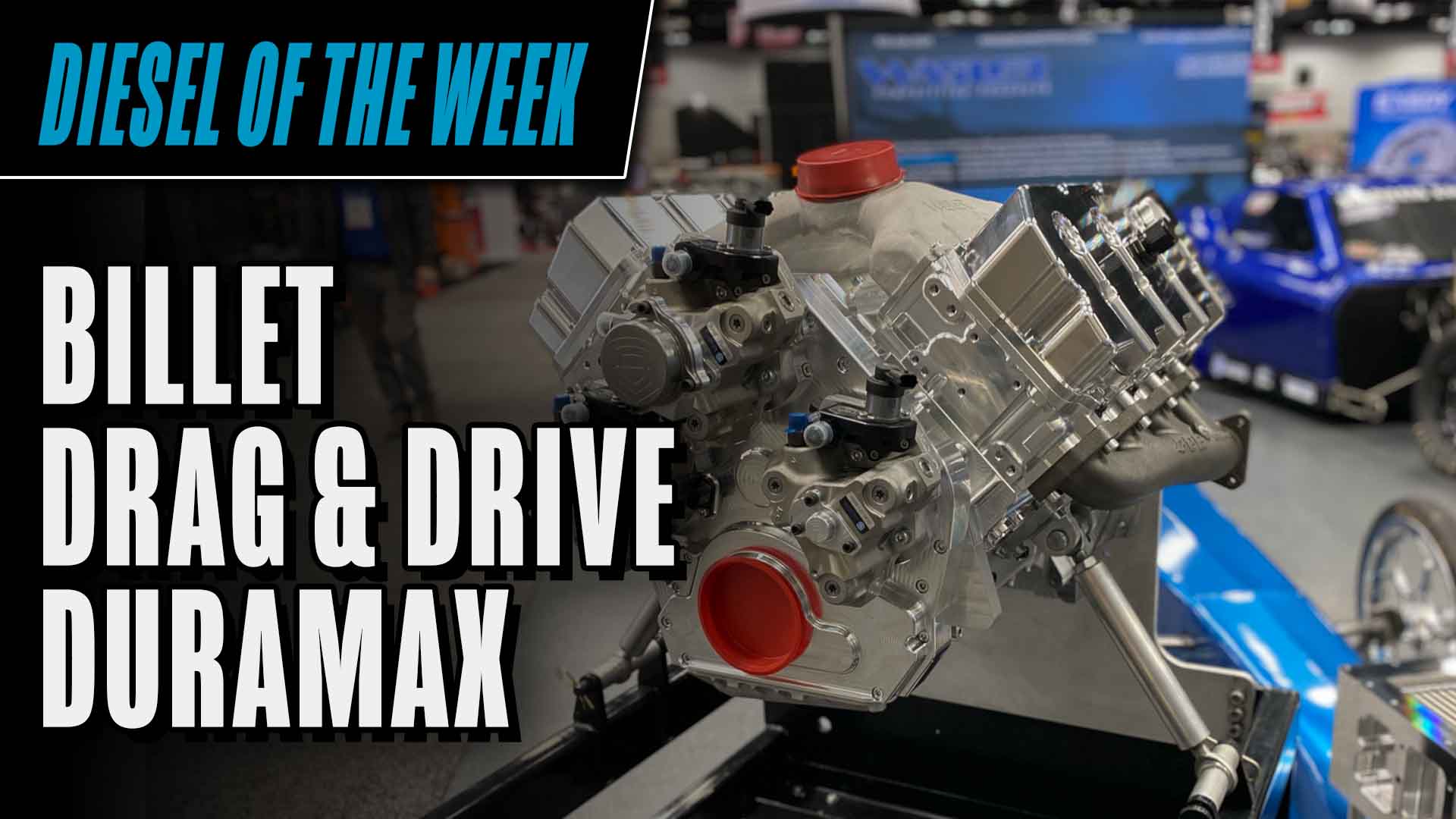While it’s not hard for us to get caught up in engines from long ago, given the nature of our industry and work, it’s just as important to keep an eye on present and future engines coming into the market. OEMs continue to develop new engine technologies that aim to deliver reliability, horsepower and above all, fuel efficiency.
The small diesel market in particular has seen a few new engines recently and we wanted to highlight a couple of them so that you are aware of these new platforms and what they offer. Who knows, you might be seeing these engines in your shop shortly!
Ford 3.0L Power Stroke Diesel Engine
Ford’s all-new 3.0L Power Stroke diesel engine will be hitting the market this spring, and is rumored to return an EPA-estimated 30 mpg highway. The 3.0L V6 also delivers 11,400 lbs. of towing and 2,020 lbs. payload capacity.
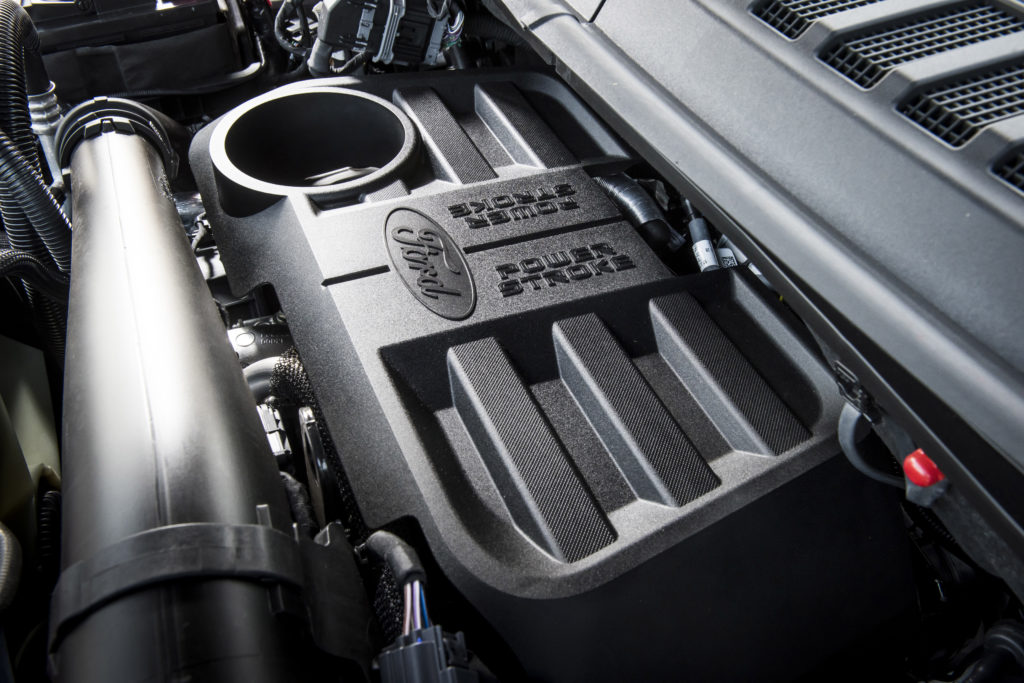
The F-150 will be available with the 3.0L Power Stroke engine and will offer up 250 horsepower and 440 lb.-ft. of torque – and makes for a sixth engine choice for F-150 customers.
The Ford powertrain team behind the 6.7L Power Stroke designed and engineered this all-new 3.0L V6 diesel engine to the specific needs of North American F-150 customers who tow and haul frequently. Peak torque comes at just 1,750 rpm with strong torque delivery continuing throughout the rpm range, which is ideal, Ford says, for towing or hauling heavy loads over long distances.
This new V6 diesel features the same compacted-graphite iron block material construction and forged-steel crank used in the 2.7L EcoBoost engine for added strength and durability along with reduced weight.
For greater responsiveness and reduced turbo lag, the Ford truck team chose a high-efficiency variable-geometry turbocharger. A common-rail fuel injection system precisely optimizes performance and fuel efficiency, while a high-pressure 29,000 pounds-per-square-inch injection calibration enables smoother, quieter operation with reduced emissions. Dual fuel filters are added for improved break-in, while a cast-aluminum oil pan and two-stage oil pump mean reduced parasitic loss and improved fuel efficiency.
The 3.0L Power Stroke diesel also features a premium mechanical engine-driven fan and dual radiator shutters for improved high temperature, high-altitude performance. The mechanical fan has the capacity to move much more air across the radiator and intercooler in extreme conditions, which gives F-150 Power Stroke owners more power and more passing capability in harsh conditions.
In more moderate driving and towing conditions, the F-150 engine control system backs off the fan load through a viscous coupler, closing down the two radiator shutters for improved aerodynamic efficiency and reduced parasitic engine loss.
Calibrated specifically for the new 3.0L Power Stroke diesel’s low-end power and torque curves, a standard SelectShift 10-speed automatic transmission maximizes shift points and gear ratios to optimize power, low-rpm torque and efficiency. This transmission can non-sequentially select the right gear ratio based on need.
To help reduce fuel consumption and vehicle emissions during city driving, Auto Start-Stop also comes standard.
The 3.0L Power Stroke is available for both 4×2 and 4×4 F-150 pickups. Retail customers can choose this engine option for 2018 F-150 Lariat, King Ranch and Platinum edition SuperCrew trucks with either a 5.5-foot or 6.5-foot bed configuration, and SuperCab trucks with a 6.5-foot bed configuration.
For fleet customers who use their truck for work, the 3.0L Power Stroke diesel engine will be available on all F-150 trim levels with SuperCrew 5.5-foot or 6.5-foot bed configurations and SuperCab trucks with a 6.5 foot bed.
GM 2.8L Duramax Engine
Not quite as new as the 3.0L Power Stroke, the 2.8L Duramax engine was all-new when designed in 2015. It is available in the Chevrolet Colorado and Express van and the GMC Canyon and Express van.
The 2.8L Duramax turbo-diesel is part of GM’s global family of turbo-diesel four-cylinder engines designed to deliver value, capability and efficiency. It features a variable-geometry turbocharger for optimal power and efficiency across the rpm band and a balance shaft for greater smoothness.

Power is SAE-certified at 181 horsepower at 3,400 rpm and 369 lb.-ft. of torque at 2,000 rpm. A broad torque band makes it very powerful at low rpm, while the turbocharged performance provides immediate and smooth horsepower on demand.
The 2.8L Duramax is a no-compromise turbocharged engine. It was designed specifically for trucks and has undergone many of the same validation tests as its big brother 6.6L Duramax.
The 2.8L features an iron cylinder block and aluminum DOHC cylinder head, a forged steel crankshaft and connecting rods and a common rail direct injection fuel system. The oiling circuit includes a dedicated feed for the turbocharger to provide increased pressure at the turbo and faster oil delivery. The engine also has piston-cooling oil jets.
Featuring a compression ratio of 16.5:1, the 2.8L engine also has a balance shaft that contributes to smoothness and drives the oil pump, a laminated steel oil pan with upper aluminum section that contributes to engine rigidity and quietness, ceramic glow plugs for shorter heat-up times and higher glow temperatures, and B20 bio-diesel capability.
The Duramax 2.8L meets some of the toughest U.S. emissions standards, thanks in part to a cooled exhaust gas recirculation (EGR) system. The cooled EGR contributes to lower emissions by diverting some of the engine-out exhaust gas and mixing it back into the fresh intake air stream, which is drawn into the cylinder head for combustion. That lowers combustion temperatures and rates, improving emissions performance by reducing the formation of NOx.
Ram 3.0L EcoDiesel V6
The 3.0L EcoDiesel is also unchanged from a few years ago. Pick-up fans got to see this engine new in 2014, however, this version didn’t involve Cummins as in years past, but rather an Italian engine manufacturer, VM Motori, which FCA acquired in 2013.
The 3.0L EcoDiesel is a 60-degree V-type, liquid cooled engine that is 182 cid with a 3.27˝ x 3.60˝ bore and stroke. The block is made of Compacted Graphite Iron and is a rigid bedplate design. The EcoDiesel’s cylinder heads are made of high-silicon aluminum alloy and are heat-treated.
The rotating assembly features a forged steel crankshaft and forged steel connecting rods with high alloy aluminum pistons. The cam drive and valvetrain is made up of dual overhead camshafts.
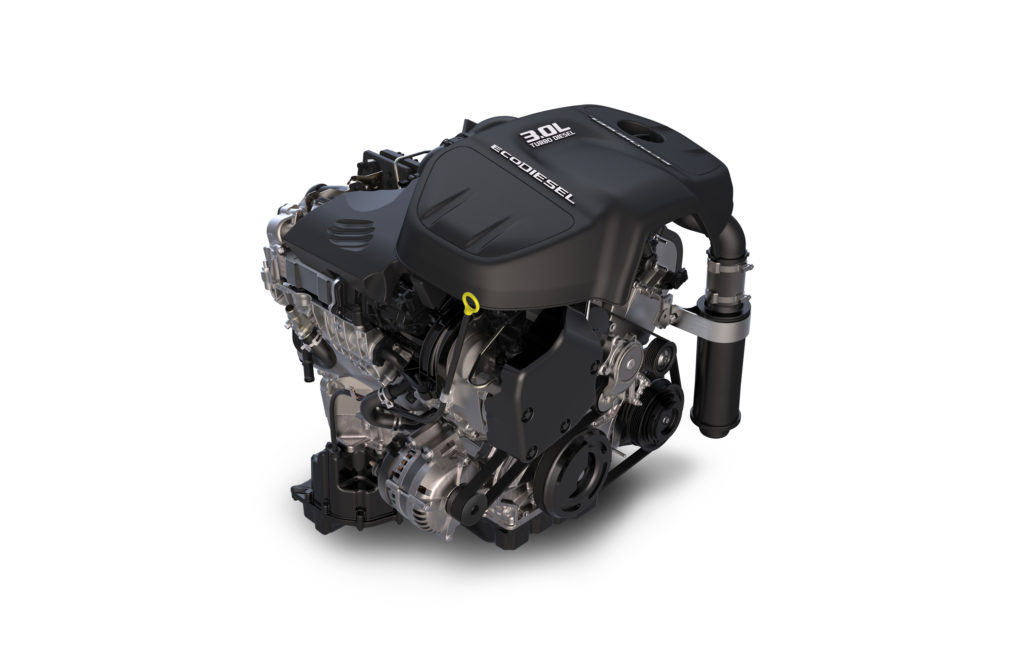
The lubrication system features a high-volume gerotor oil pump, an oil cooler and piston cooling jets.
Fuel injection is delivered through a common-rail system. The Fiat Multi-Jet 2 delivers fuel-injection events up to seven times per cylinder cycle.
All of that helps the 3.0L EcoDiesel put out 240 hp at 3,600 rpm and 420 lb.-ft. of torque at 2,000 rpm with a compression ratio of 16.5:1. The EcoDiesel also has the ability to tow up to 9,200 lbs. and haul up to 1,620 lbs. (based on 2014 ratings.
Even more impressive are the engine’s EPA-certified fuel economy ratings. Upon its introduction, two-wheel drive models were rated up to 28 mpg on the highway while four-wheel drive models received a slightly lower 27 mpg highway rating by the EPA.
The EcoDiesel also features a cooled EGR, oxidation catalyst, diesel particulate filter, and a Garrett 2056 variable-geometry turbocharger.
The 3.0L EcoDiesel is available in Ram 1500 Quad Cab and Crew Cab models as well as the Jeep Grand Cherokee. Ram currently mates the EcoDiesel to the ZF engineered ‘TorqueFlite 8’ eight-speed automatic transmission.
While these engines are still relatively new to the market and the customers who own and operate them, it’s never too early to wrap your head around these engines. Don’t forget, these engines may enter your shop sooner rather than later.
Do you have an opinion of these new engine platforms? Have you already seen them in your shop? We want to hear from you! Email managing editor Greg Jones at [email protected].
Special thanks to Ford, FCA and GM for providing engine information.

